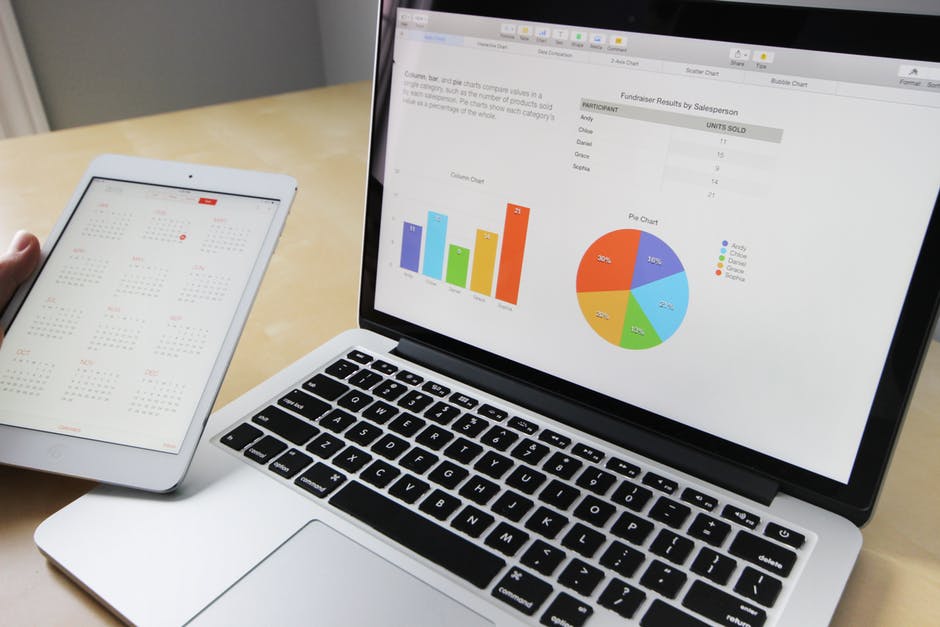10+ Presentation Outline Writing Tips
Oh, the horror of giving a presentation in front of the whole class or your whole team. Just the thought of it makes you shudder, right? The fear of stuttering and mumbling words that don’t make sense gives you a massive stage fright. Or you think you have everything memorized and ready but when you’re in front everyone your mind starts to go blank.
As the saying goes “confidence is key,” but confidence is nothing if you come unprepared. Benjamin Franklin has said it before, “by failing to prepare, you are preparing to fail.” As it is important to prepare mentally for presentations, it is as equally important to prepare your actual presentation. You may also see Presentation Agenda Examples
Aside from your usual visual aids, presentation outlines can help you deliver your presentation smoothly. It would be really disappointing if you deliver your presentation poorly causing your audience to not understand your presentation or report. You may also see course outlines.

Why make a presentation outline?
A presentation outline is basically a road map to your presentation. In order to present it clearly, a presentation outline according to the University of South Florida will help you stay grounded, keep you on topic and help you remember all your main points. You may also see program outlines
It is a summary of your presentation as whole. You can also include points that directly support your main subject but are not found in your presentation. It helps you organize your thoughts, group your ideas as main points and helps you present coherently. You may also see speech outlines.
Tips in making a presentation outline
1. Identify the main point
Before you carry on in making your presentation, it is best to know what the main point or main subject of the topic is. In the corporate world, knowing the goal of your presentation will set a path where it should go. For example, the need for a bigger budget for your team can be your point. Your supporting points should revolve around the pros of a budget increase and the limitations your current budget has caused your team. You may also see chapter outlines.
2. Analyze your audience
Analyze what your audience already knows and what they’re expecting to hear about the topic in order to determine the starting point. You have to know if your audience already has a background about the main topic in order to introduce newer and better points. You may also see thesis outlines.
3. Organize your content
Determine the topics you want to cover then determine the points in each topic you want to discuss further. This way you will be able to discuss each topic as clearly as you can. This will also eliminate the redundancy in the presentation.
4. Include questions
A great tip would be to include interjections and questions to ask your audience. This way you can have automatic feedback about of your presentation, what to add and what not to discuss. This can also be your way of interacting with your audience. You may also see marketing presentations.
5. Identify points to remember from your presentation
This can be done by asking the audience what they’ve learned through your presentation. This can help you convey and give emphasis on the main points of your presentation. You can emphasize or make your audience repeat the most important points in order to ensure clarity.You may also see resume outlines.
6. Formulate a conclusion
This is where you review your points. Make sure you have answered the questions from the beginning of your presentation. Making a smart one-liner conclusion can impact your audience immensely. Also in this part, prepare to answer questions that your audience may ask.
7. Time Management
In your outline, note how much time will you spend in explaining each point. In this way you know how much detail you need to include in your actual presentation.

Presentation Outline Format
This format is based on the oral presentation outline from the University of Hawaii in Manoa:
Introduction
I. Smart and catchy statement – using a quotation, asking an intriguing question, telling an unusual or a humorous story etc. will surely gain your audiences’ attention.
II. Thesis statement – state the main goal of your presentation. Answer the question “What is the purpose of this presentation?”
III. Preview statement – overview or a brief summary of all of your main points.
Body
I. First main point
A. Subpoint – this is the most important supporting detail about the the main point
1. Sub-subpoint – further explains and clarifies the main point
2. Sub-subpoint
B. Subpoint
1. Sub-subpoint
2. Sub-subpoint
3. Sub-subpoint
II. Second main point
A. Subpoint
1. Sub-subpoint
2. Sub-subpoint
B. Subpoint
1. Sub-subpoint
2. Sub-subpoint
3. Sub-subpoint
C. Subpoint
Note: Depending on how much information you have to convey and how much detail and supporting material you need to use, the main points, subpoints and sub-subpoints may vary in number. Subpoints and sub-subpoints consist of the supporting details you have gathered in your research.
Conclusion
I. Summary statement – review all of your main points.
II. Concluding statement – prepare a closing statement that ends your presentation smoothly.
This presentation outline sample is from the University of Virginia:
Introduction
Hello, my name is ____. I am a ___-year student at the University of Virginia majoring in ____. I’m going to talk to you today about my research on _____.
Context of research
- I had the opportunity to join Professor ____’s lab, where the research focus is____.
- This is research for my Distinguished Majors thesis….
- I got interested in this area because ….
Research question and significance
- I wanted to find out _______[insert your research question].
- This is an important question because _____. OR This question interested me because ______.
Research methods/design
- I thought the best way to answer this question would be by ______.
- I chose this method because….
Research activity
Here’s what I did: _______.
Results
Here’s what I found out: ______.
Significance of results/where this research might lead
- This result matters because….
- Now that I’ve learned this, I see that some other questions to ask are….
Conclusion/Summary of main points
I set out to answer ______ [research question] by _______ [research methods]. And I discovered that ______ [brief statement of results]. This was interesting because _____ [significance]/This will help us understand ____.
Acknowledgments
- I am grateful to my advisor, Professor _____, for her guidance.…
- My work was supported by a _____ award. OR I’d like to thank the ____ Family for their generosity.
Questions
I would be happy to take your questions.

Things to remember
Points in your outline do not need the full sentences from your material. You should only include brief explanations and use cue words that represent ideas to help you remember important details easily. This way you will only need to glance at your paper instead of spending more time looking for specific details.
According to the University of Hawaii, great presentations rarely cover more than five points. The University of Cambridge in England also states that in every 45-minute presentation there should be a maximum of four key points to be discussed. Realize what makes a good or a bad presentation – concise but well discussed presentations are easier to remember and understand. You may also see speech outlines.
Write or print out your outline instead of saving it in your tablet or cellular phone. This way you can literally scratch out ideas you feel irrelevant to the the topic or add more ideas to further explain your topic.
Can you pass the elevator test? Imagine you’re in an elevator with your boss and you have to make your pitch, the elevator test forces you to describe and explain your message in 30-45 seconds. For example, if your presentation is about the findings of your research, within 30-45 seconds you must have clearly explained the results of your research. You may also see tentative outlines.
In your outline, don’t forget to include your opening sentences, introduction and closing remarks. This may seem like a small detail for you, but when you’re in front of your audience you have a tendency to forget to introduce yourself and your presentation. It is best to include little details such as this to deliver your presentation smoothly.
Always remember that best presentations are not made overnight. You must allot of time in order to thoroughly research your topic, make an outline and the presentation itself. Plus, a well researched and well rehearsed presentation will give you more confidence when giving your presentation. You may also see rough outlines.
When giving your presentation, remember to loosen up and breathe – think of it as if you’re just having a conversation. Interact with your audience, as the author of the book The Orderly Conversation: Business Presentations Redefined, Dale Ludwig has said, “A successful presentation needs to be both buttoned up (orderly) and free-flowing (a conversation). The tension between the two, the fact that both things are happening at once, defines the process.”


